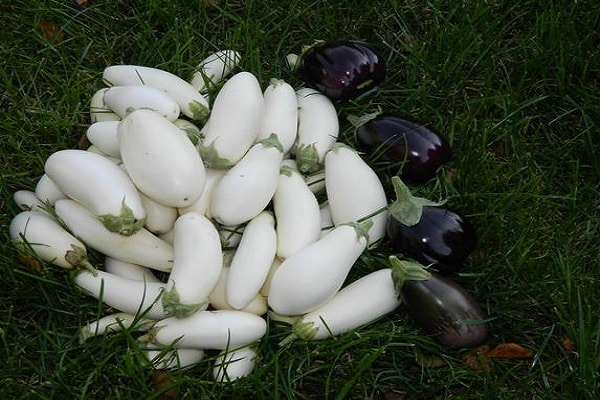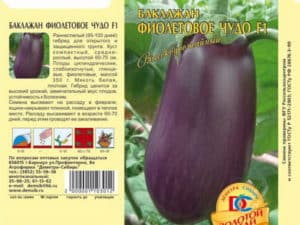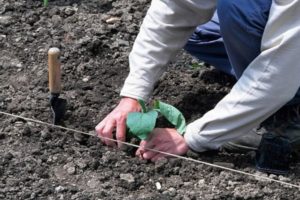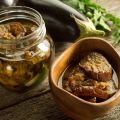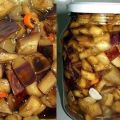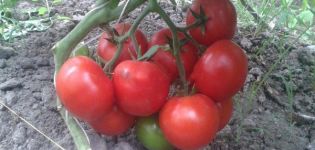Description and characteristics of Bibo eggplant, cultivation and care
Bibo is an eggplant, the variety of which entered the general register only ten years ago. In practice, this means that Bibo is not yet a full-fledged variety, but so far only a hybrid, when multiplied in the second generation, unpredictable results are obtained. That is why you cannot buy seeds from your hands - only in specialized stores where there is quality control and where you can complain if the fruits do not meet the standard.
Description of the variety
Bibo is intended for cultivation in open ground, if we are talking about the southern part of the country, or for cultivation in greenhouses, if we are talking about Siberia and regions with a similar climate. It was withdrawn relatively recently, and the process continues to this day.
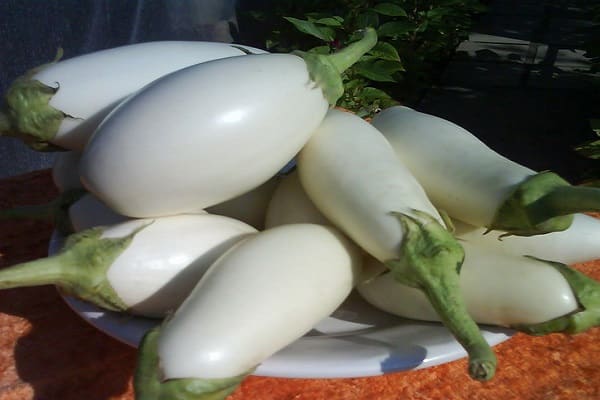
Characteristics of Bibo F1 eggplant
Bebo's characteristics are as follows:
- height - small, no more than 70 centimeters;
- bushiness - moderate, eggplant does not grow too wide;
- yield - average, about five kilograms per square meter;
- harvest time - early, the fruits ripen in ninety days.
Bibo's fruits are oblong, average length for an eggplant.

Bibo would be absolutely indistinguishable from others for a non-professional, if not for the specific color - the fruits are pure white, their skin is glossy and thin. Under it is white pulp, devoid of cavities, without bitterness.
Pros and cons
The main advantages of Bebo are as follows:
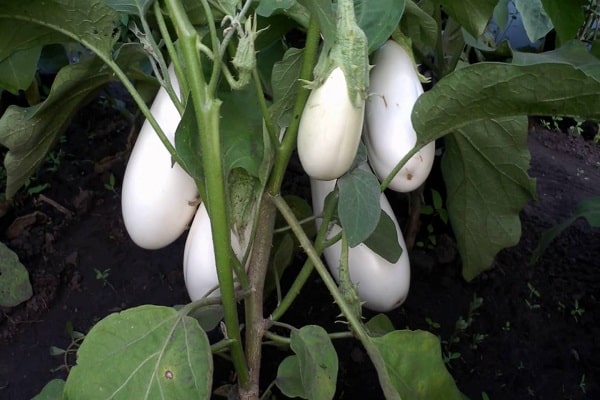
- high commercial characteristics - white eggplant they look original, therefore the chance to sell them increases, plus the products are of high quality, most of the fruits look presentable and suitable for sale;
- early maturity - Bibo is harvested at the end of summer, which is quite convenient;
- solid yield - not all varieties yield five kilograms;
- resistance - Bibo tolerates transportation well, and is also immune to the classic diseases of its kind: the tobacco mosaic virus and fusarium.
There is only one drawback: since Bibo is a hybrid, it will not work to get seeds from your own garden. You have to buy them every time.
Growing varieties
Bibo is quite unpretentious. It can be grown both by planting in open ground and by the seedling technique.

Landing dates
Like most eggplants, Beebo loves warm soil. Seeds can be planted if it warms up to thirteen degrees, which usually happens at the end of May. But the seedlings need to be planted earlier - in late February or early March, so that they have time to ripen.
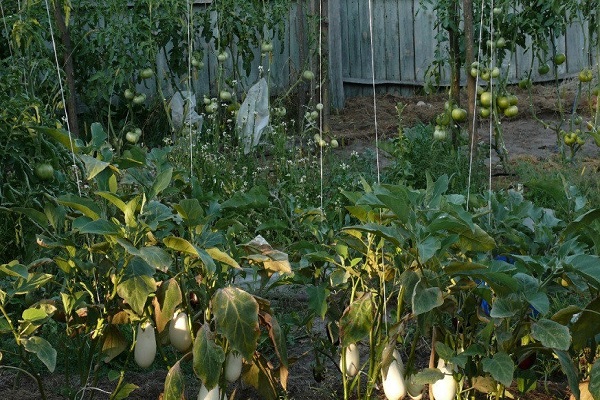
Planting seeds
In order for the seeds to sprout, some simple manipulations need to be made with them:
- check for germination - for this, put in a glass of water for half an hour and select only those of them that sink to the bottom;
- warm up - for this, put on a plate and put on a heating battery;
- disinfect - after a couple of days, remove the seeds from the battery and soak for 15 minutes in a solution of potassium permanganate;
- treat with a growth stimulant - after potassium permanganate, wash, put on a plate, fill with a simulator from a special store, or cover with ash.
After twelve hours, the seeds are removed from the plate and planted without rinsing. To do this, they find boxes or cups, fill them with a ready-made mixture for planting seedlings. After that, small depressions are made and seeds are placed in them.
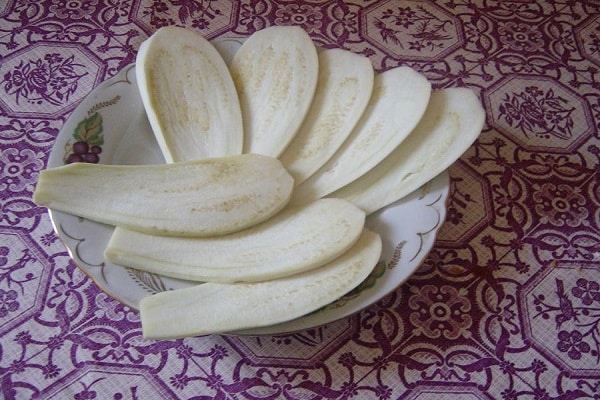
It is important to put one seed per pot - eggplants do not like active competition.
Sprout care
In order for the sprouts to sprout, they need to be looked after:

- water - every other day, so that the ground is always slightly moist;
- fertilize - small doses of standard seedlings will be enough;
- illuminate - for this you need to use a special lamp or a fluorescent lamp, and do not overexpose, since light sprouts need no more than twelve hours a day.
Eggplants love the sun, so you can keep them on the windowsill so that they get at least a little light. And two weeks before the time comes to transplant them into the ground, you need to start taking the pots to the place where the eggplants will grow later - this will allow the bushes to get used to outdoor conditions. The main thing is not to overexpose. Two hours a day will be enough.
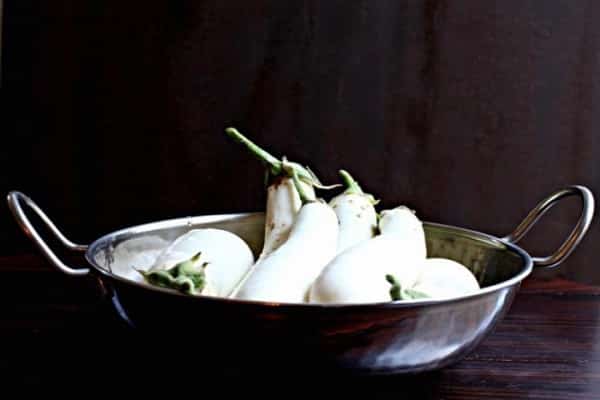
Transplanting
Seedlings are planted in May, when the soil warms up enough. At the same time, it is necessary to find a place that would be protected from the north wind, would be well warmed up by the sun and on which the soil would be light, without increased acidity. In the fall, it is good to fertilize it with organic fertilizers.
The disembarkation takes place sequentially, even a person who has never tried:
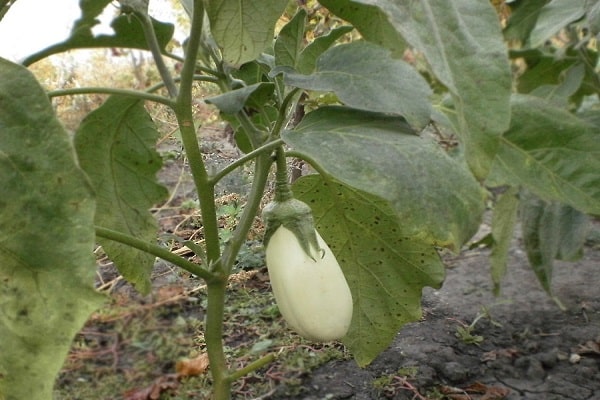
- holes are dug - shallow, no deeper than a shovel bayonet;
- filled with water - it is desirable that this water be warm;
- the seedlings are rolled into the holes from the pots - this must be done carefully, with the same soil in which it grew with seeds, since eggplants do not like transplanting;
- sprinkle the roots with earth and peat on top.
There should be at least 40 centimeters between the bushes and at least 6 between the beds, otherwise they will shade each other and interfere with growth. Water the seedlings every other day, at least in the first two weeks.
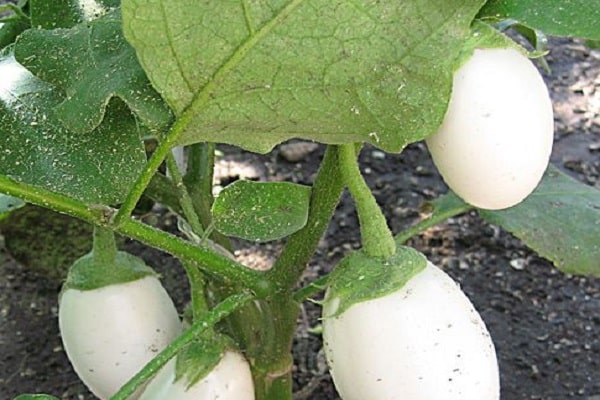
Eggplant care rules
When Bibo takes root, all that remains is to provide him with decent care.
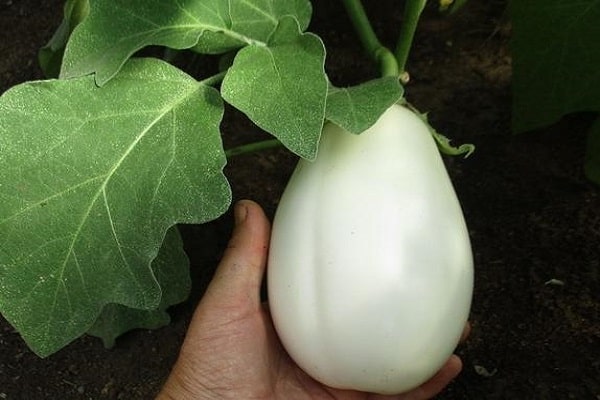
Fertilizer
Fertilize Bibo, like most eggplants, three times:
- two weeks after disembarking in open ground;
- before flowering;
- before harvesting.
For the first time, a solution of Nitrofoski is used, for the second time a mixture of fertilizers rich in phosphorus and potassium, for the third time they are the same. At the same time, it is necessary to apply carefully, at the root - the fertilizer will damage the leaves.
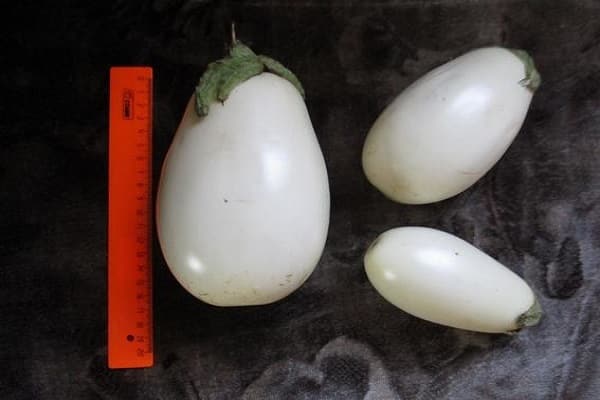
Watering
Bibo is watered, like most other varieties, twice a week. Care must be taken that the ground is not too wet, but does not remain too dry. After the watering session, weeds are removed and the soil under the roots is loosened - if this is not done, the eggplants will begin to wither and the crop will fall.
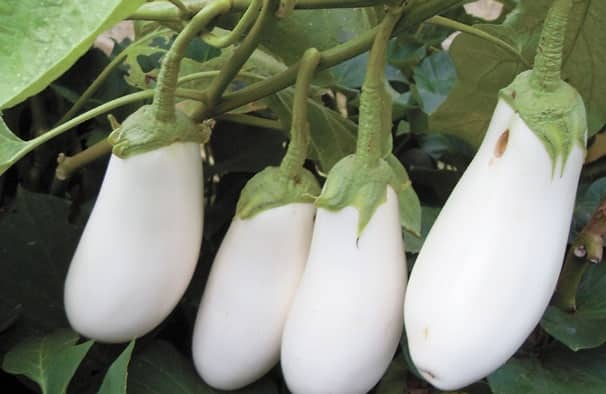
Bush formation
Bibo is distinguished by small, neat bushes. They do not need props as they hold up perfectly and do not need to be cut. The maximum that may be required is careful removal of yellowed leaves, which still do not benefit the plant.
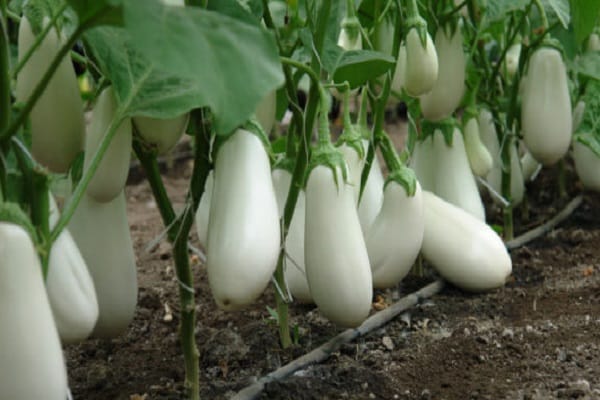
Disease and pest control
Bibo rarely get sick - that is why they were taken out, and not for the sake of an exotic white color.But they are often attacked by Colorado beetles, not indifferent to all nightshades.
To avoid their invasion, it is worth planting basil, calendula, beans, marigolds next to eggplants - they scare away the beetle. If the funds did not help and the pest did appear, it can be collected manually or poisoned with special insect repellent compounds.
It is also important not to drain the land. Eggplants should not grow in the same place for more than a year, just as they should not grow where there were already tomatoes or potatoes.
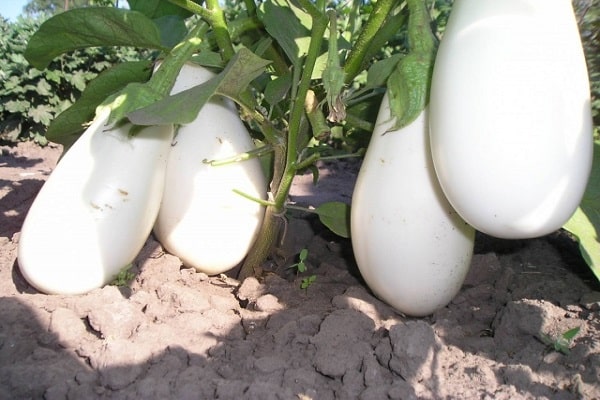
This simple alternation will help avoid future illnesses.
Collection and storage
Bibo is harvested in August, as it ripens.

It is important to remember that eggplant should not be overexposed. From this, their skin becomes thicker, and the pulp acquires a characteristic bitterness. Once the eggplants have reached a size of 15 centimeters, they must be cut with a sharp pruner.
Bibo is stored in a cool room (it can be on the bottom shelf of the refrigerator) for no longer than one and a half months. No longer worth it - it will mold or rot.
Bibo is great for making stews, eggplant game, ratatouille. It can be eaten raw or rolled up and used throughout the winter.
